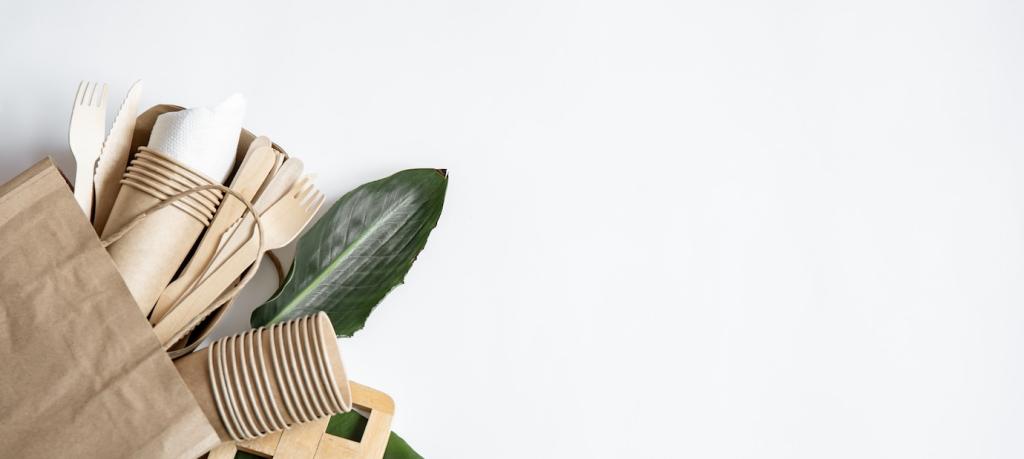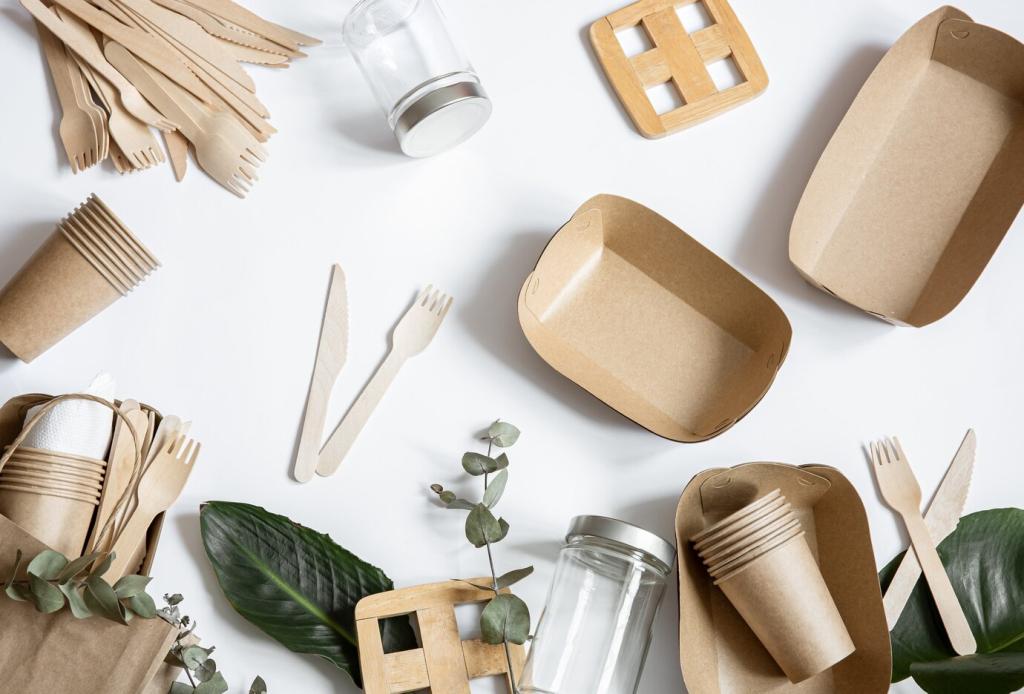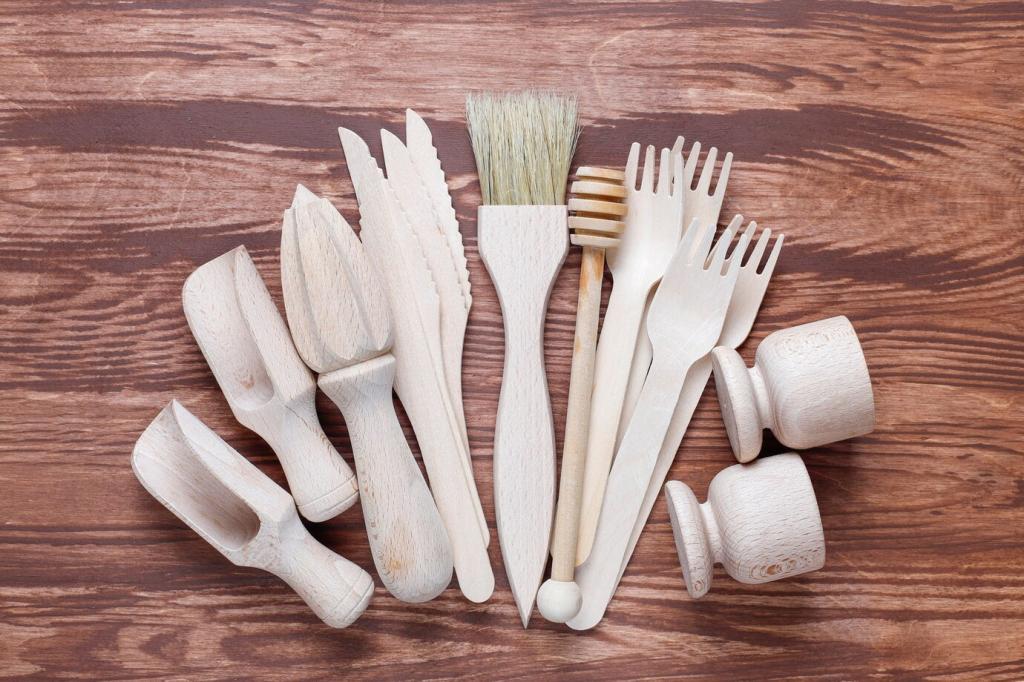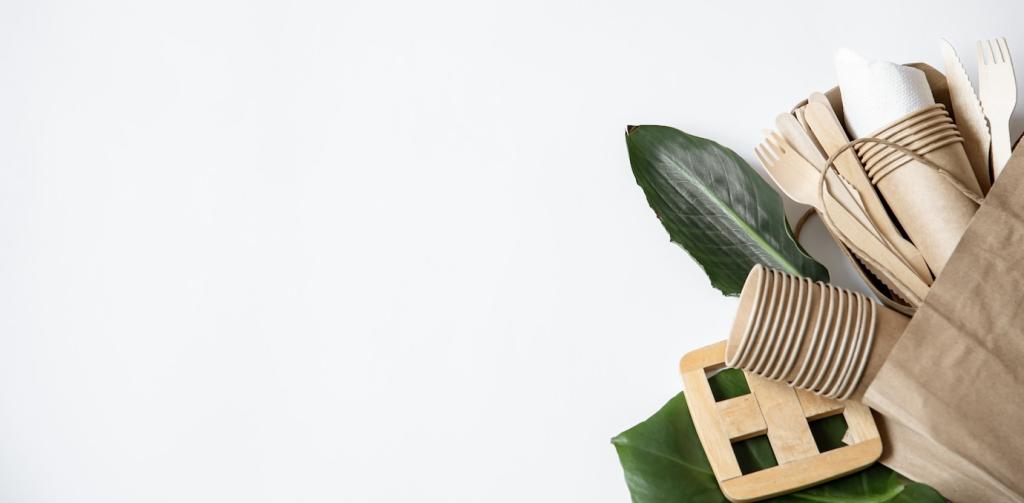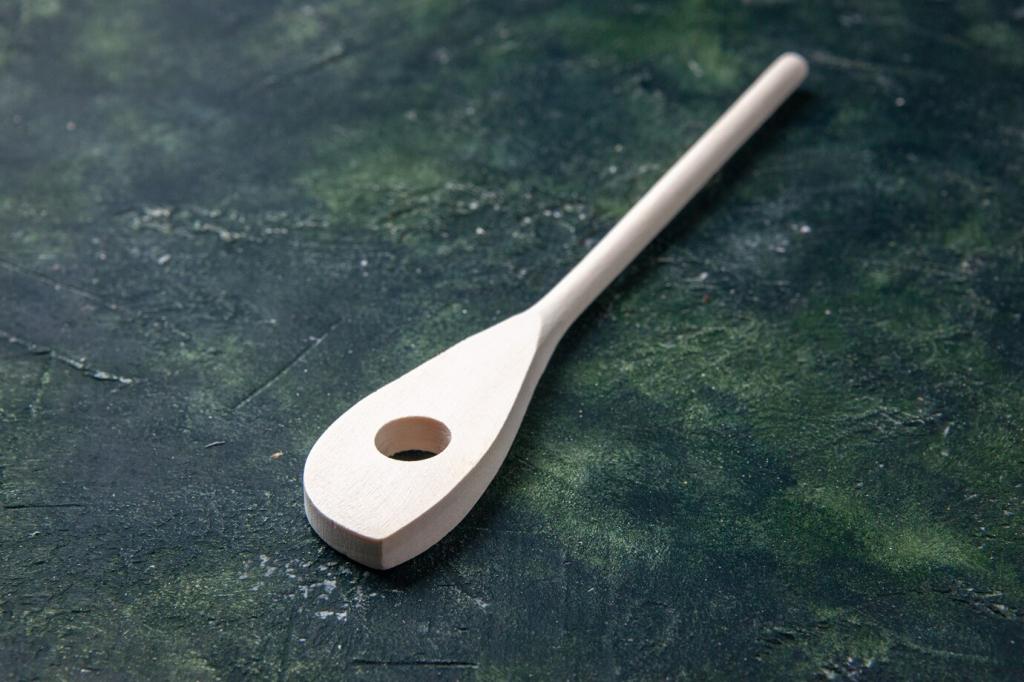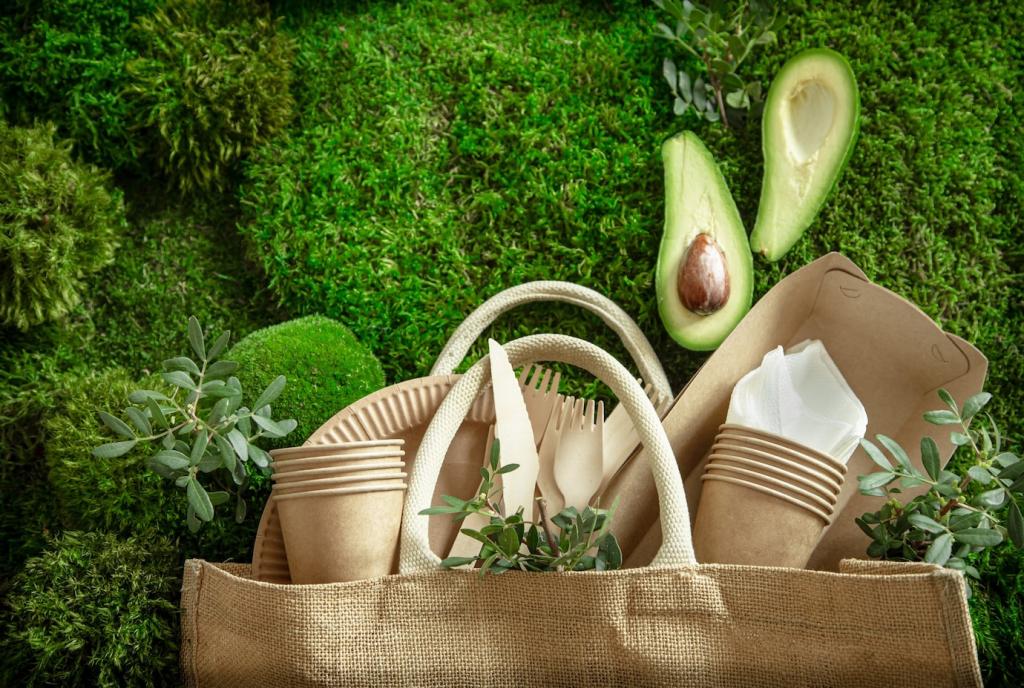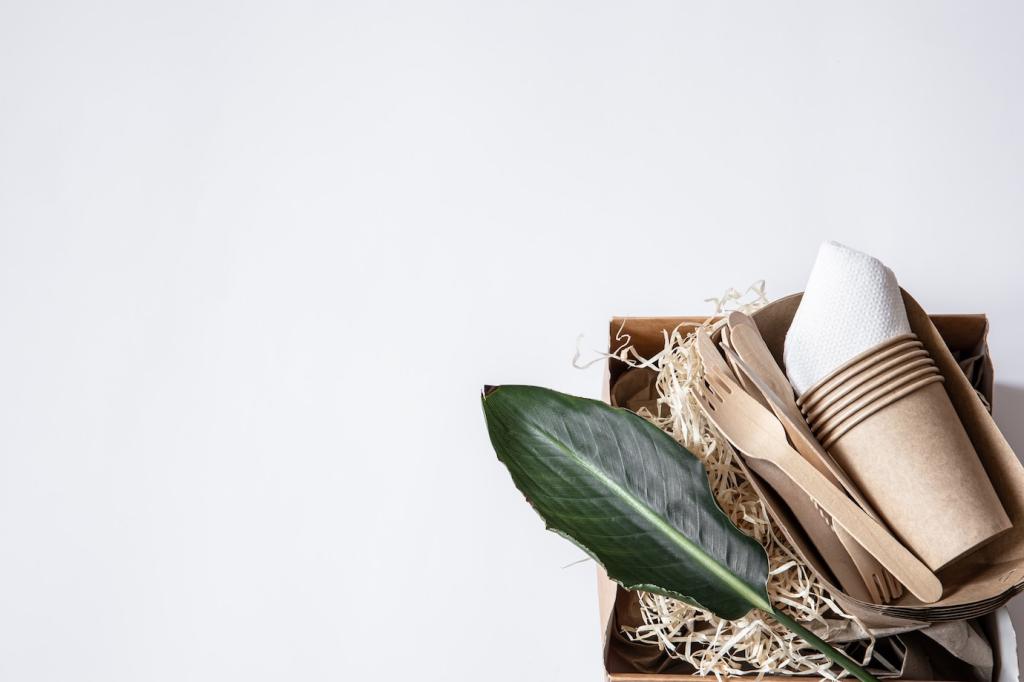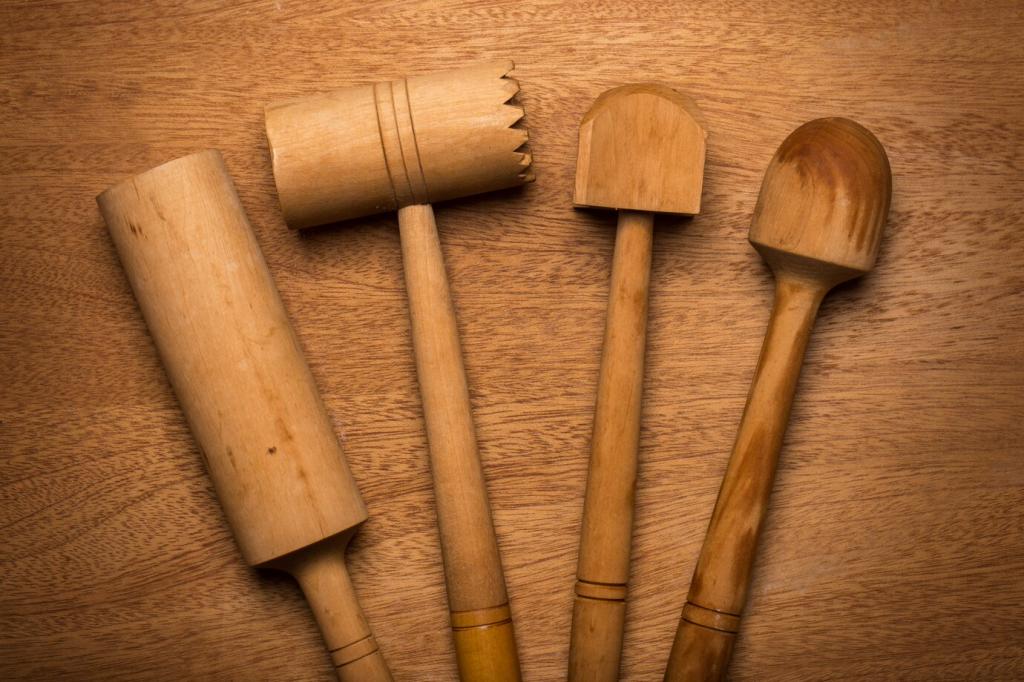The Out-and-About Zero Waste Utensil Kit
A practical kit could include a fork, spoon, chopsticks, collapsible straw, cloth napkin, and a small brush or sponge. Some prefer a spork to simplify; others pack a butter spreader instead of a knife for travel ease. Keep it in your bag’s front pocket so it becomes habit. Snap a photo of your setup and share your clever space-saving tricks with fellow readers.
The Out-and-About Zero Waste Utensil Kit
When flying, avoid sharp blades in carry-ons. Rounded-tip metal or bamboo utensils usually pass security, but always check current guidelines. Stash your kit in a transparent pouch to speed screening. On trains and buses, a quick rinse in a restroom plus a zip pouch keeps everything tidy. Tell us your best travel hack—or a mishap that taught you how to streamline your kit for next time.

